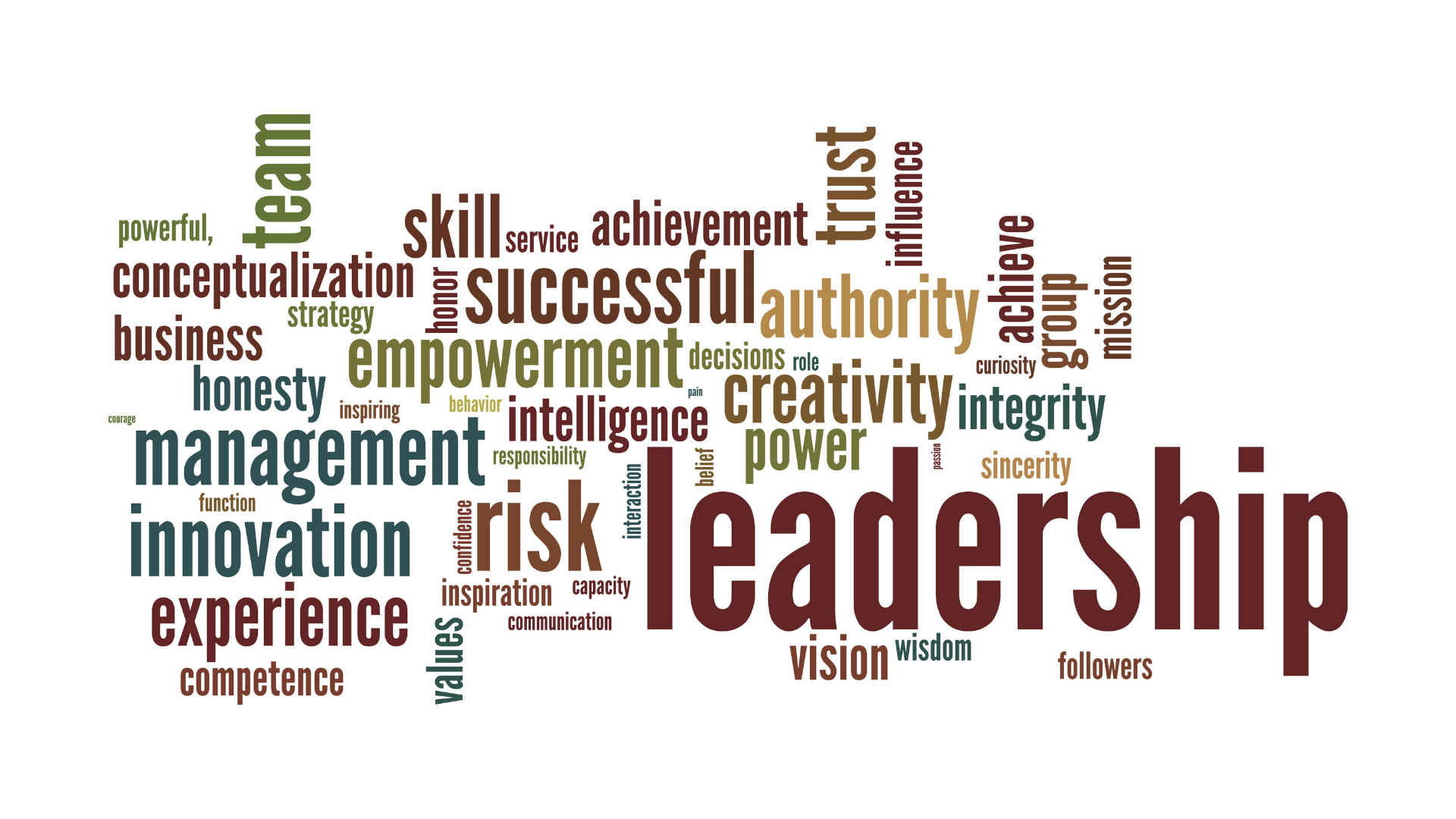An efficient Leadership Development Program can help awaken the leader within your team members and enable them to adapt the best behavioural and organisational practices. Presenting a list of 5 strategies to consider while curating your next training program
1. Begin With The End In Mind
Learning development program ideally should be approached with a strategic intent. To do so, it is important to look beyond just the learning outcomes and focus on business outcome. What is the real issue? Which business outcome needs to be addressed by the program? Revenue, profitability, customer satisfaction? To achieve that which behaviour needs to be influenced? Once this is established, you already have a great beginning!
2. Being Clear & Current
Each organisation has its own lifecycle and at any given point in that lifecycle, it would have challenges unique to that organisation. The skillset needed to steer the ship also would be unique. Having a good understanding of the levers and the relevant skill set needed to move those, shall help design a leadership program that is clear and current. Having an alignment with the organisational leadership on this would ensure the right direction. This could also include unique environmental changes which may force the organisation to re-align priority.
3. Intensity vs Frequency
It would be difficult to imagine leadership training as an event. It is a journey. It is always better to envision and execute the journey. One standalone event, however impactful, may fall short of influencing behaviour. The program shall include multiple touch points which may include different tools like regular small bytes of engaging material on the subject.
If a journey for some reason cannot be executed at all, then it is important to augment the training event with supporting pillars.
4. Supporting Pillars
It is important to flesh the LDP and strengthen it with at least a three month follow up plan. During this time there needs to be few check points for early signs of improvement. These need not be complex, time consuming interventions but simple things like a quick monthly conversation with the employee as to how he plans to implement/ implementing the learnings from the training and how he thinks that would improve business results? The L&D teams may not have bandwidth to carry out such conversations, and so assigning a mentor for the same is also a good idea.
5. Experiential Learning
Adults learn best by doing. While there are plenty of leadership programs available, the one which is more likely to stick would be an “experiential” one. Even when we are only able to connect virtually, these experiential trainings use:
- Engaging time-tested activities which through the de-brief bring out the learnings and the application to their work environment.
- Business Simulation – which simulates a whole business eco-system and records the decisions taken by the participants to come out with rich reports on his/her style and focus areas, followed by debriefs.
All the best as you get into designing your next leadership development program!



